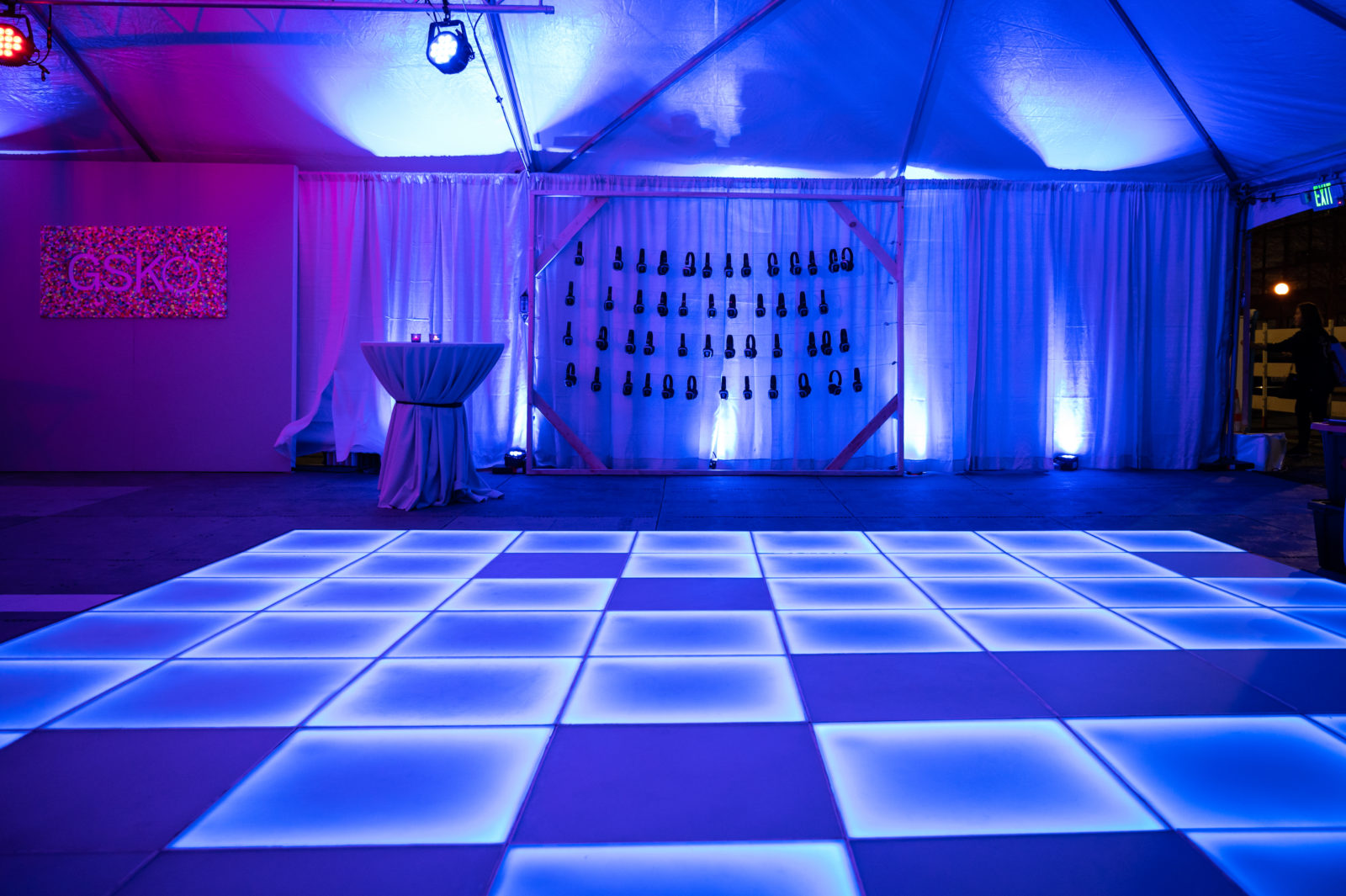Selecting the appropriate components for building a long-lasting and safe outdoor dance floor is crucial for guaranteeing an enjoyable experience. Outdoor dance floors must endure various weather conditions while providing a stable foundation for performers and participants. Therefore, it is essential to evaluate factors such as material durability, safety features, and maintenance requirements when making selections. This article will explore several appropriate options and their benefits in designing an open-air dance floor.
One common choice for outdoor dance floors is wood. Lumber offers a traditional and inviting appearance that many consider attractive. Solid woods like beech or ash are particularly favored due to their strength and ability to absorb impact, which can protect dancers’ joints. Additionally, wood has natural slip-resistant properties when treated properly, reducing the risk of accidents. However, maintaining a timber dance floor demands routine coating and resurfacing to shield it from humidity and ultraviolet exposure, rendering it critical to consider the environment in which the floor will be installed.

Another viable alternative is synthetic composites, which combine wood fibers with polymers. These composites are designed to be resistant to moisture, mold, and discoloration from UV exposure. Composite dance floors provide longevity similar to traditional wood without the extensive maintenance. They are more resistant to warping and splitting than natural wood floors when subjected to harsh environmental conditions. Furthermore, composite materials often have integrated anti-slip properties, making them a safer choice for open-air events.
For those looking for a more contemporary approach, interlocking tiles made of PVC or elastomer are reliable alternatives. These tiles are crafted for hassle-free installation and can be reconfigured or swapped as required. The versatility of using interlocking tiles allows for quick assembly and breakdown, making them ideal for short-term dance events or gatherings. Moreover, these materials provide cushioning that enhances comfort while dancing and minimizes the risk of accidents caused by falls. The sealed structure of PVC and rubber also helps prevent water absorption, further prolonging the life of the flooring.
Ultimately, it is vital to consider the location and planned function of the exterior dance floor when choosing components. For instance, if the dance floor will be installed in a heavily used area or subjected to inclement weather regularly, choosing durable surfaces that require low upkeep will be important. On click the other hand, for lighter use or in more sheltered locations, lighter materials may suffice. In any case, have a peek at this site emphasizing safety features such as traction and shock absorption should remain at the forefront of planning.
In conclusion, building a durable and safe open-air dance floor requires thoughtful assessment of diverse solutions appropriate for different settings and applications. Timber provides classic beauty but demands consistent maintenance; composite materials balance aesthetics with resilience; interlocking tiles offer adaptability and convenience. Ultimately, understanding the specific needs of the dance floor's intended use will guide decision-making toward selecting the most appropriate material for an enjoyable and safe dancing experience outdoors.